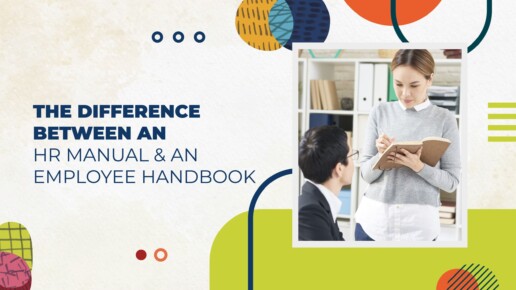The Difference between an HR Manual and an Employee Handbook
In today’s rapidly evolving business landscape, human resources (HR) practices are pivotal to the success of any organization. Two essential documents that often play a crucial role in HR management are the HR manual and the employee handbook. While they might seem similar at first glance, they serve distinct purposes and have unique characteristics. In this blog, Metaphrasis delve into the key differences between an HR manual and an employee handbook, shedding light on their significance in the workplace.
Understanding the HR Manual
- Definition and Purpose
An HR manual, short for Human Resources manual, serves as an internal document created by the HR department. Its primary purpose is to guide HR personnel in the execution of their duties and responsibilities.
- Content
The HR manual contains comprehensive information on HR policies, procedures, and practices specific to the organization. It covers aspects such as recruitment, onboarding, performance management, and employee relations.
- Audience
The primary audience for the HR manual is the HR team itself. It acts as a reference guide for HR professionals, ensuring consistency and adherence to organizational HR policies.
- Confidentiality
HR manuals typically contain sensitive information and are often considered confidential documents. Access to the HR manual is restricted to HR staff and authorized personnel.
- Legal Compliance
HR manuals are designed to ensure that the organization complies with labor laws and regulations. They provide guidelines for fair employment practices and ethical conduct.
Unpacking the Employee Handbook
- Definition and Purpose
An employee handbook, on the other hand, is a document created by HR for the benefit of all employees. Its primary purpose is to communicate company policies, procedures, and expectations to the workforce.
- Content
The employee handbook encompasses a wide range of topics, including but not limited to company culture, code of conduct, benefits, leave policies, and disciplinary procedures.
- Audience
Unlike the HR manual, the employee handbook is intended for all employees within the organization. It serves as a valuable resource for employees to understand their rights and responsibilities.
- Accessibility
Employee handbooks are typically made accessible to all employees, either in print or electronically. They are often provided during the onboarding process and can be referenced at any time.
- Legal Protection
Employee handbooks can also serve as a form of legal protection for the organization. They establish clear guidelines, reducing the risk of misunderstandings and potential legal disputes.
Bridging the Gap
- Collaboration
While HR manuals and employee handbooks have distinct roles, they can complement each other. HR professionals should collaborate to ensure that the information in both documents aligns seamlessly.
- Updates
Both documents require regular updates to stay current with evolving laws and organizational changes. HR teams should work together to maintain accuracy.
- Communication
HR teams should communicate effectively to ensure that policies outlined in the employee handbook are in line with the procedures detailed in the HR manual.
Conclusion
In summary, the HR manual and the employee handbook are essential tools for HR management, but they serve different purposes. The HR manual primarily guides HR professionals in their day-to-day activities, ensuring compliance with legal requirements. On the other hand, the employee handbook acts as a communication tool for all employees, providing them with information on company policies and procedures.

